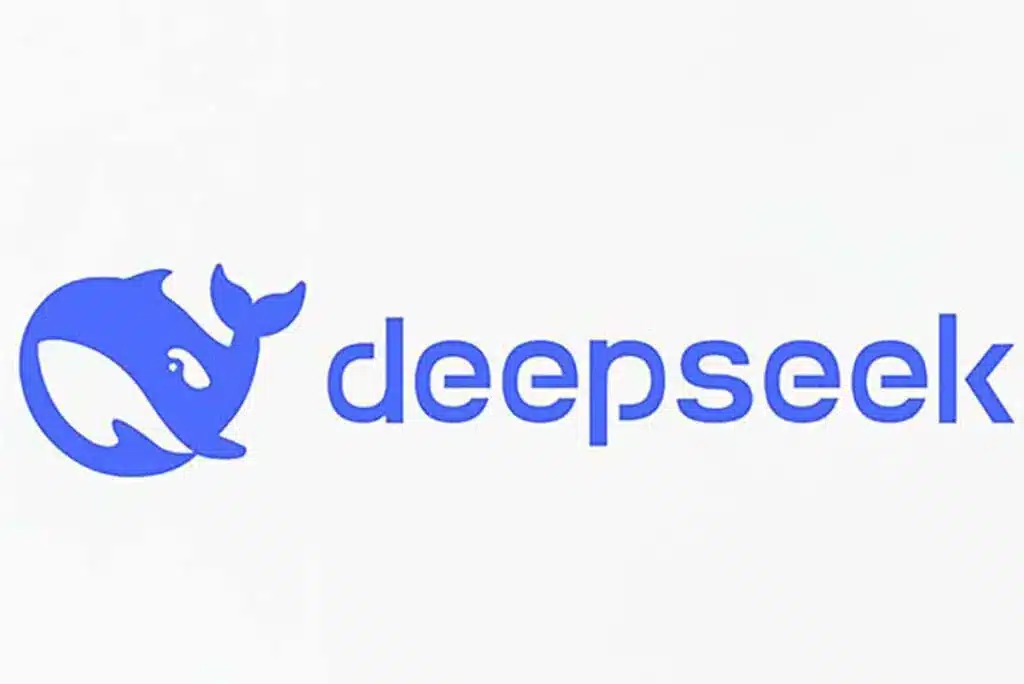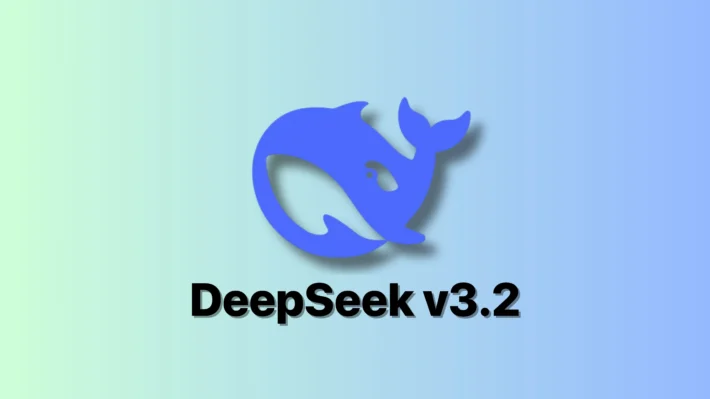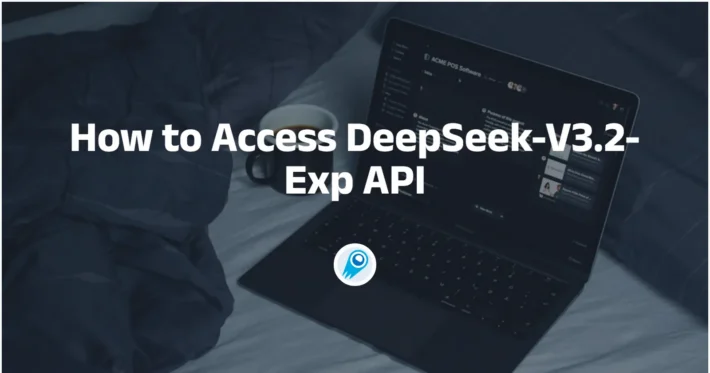Is DeepSeek Truly Open Source?

DeepSeek, a Chinese AI startup that first made headlines with its R1 reasoning model in early 2025, has sparked intense debate over the state of open-source AI and its broader implications. While much of the attention has centered on its impressive performance—rivaling models from U.S. firms like OpenAI and Alibaba—questions remain about whether DeepSeek is genuinely “open source” in spirit and practice. This article delves into the latest developments surrounding DeepSeek, exploring its open-source credentials, comparing it to models like GPT-4.1, and assessing the ramifications for the global AI landscape.
What Is DeepSeek and How Did It Emerge?
DeepSeek’s Origin and Ambition
DeepSeek was founded under the name Hangzhou DeepSeek Artificial Intelligence Basic Technology Research Co., Ltd., with Liang Wenfeng (also referred to as Wenfeng Liang) leading the charge as its principal visionary. Its ethos diverged from many Silicon Valley startups: rather than prioritizing rapid commercialization, DeepSeek emphasized research efficiency and cost-effectiveness. By early 2025, DeepSeek’s R1 model had already garnered attention for matching or exceeding leading benchmarks in mathematical reasoning and code generation, despite being developed under the constraints of U.S. export controls on high-end AI chips .
Breakthrough in Reasoning Models
In January 2025, DeepSeek unveiled R1 under an MIT license—an open-source permissive license—claiming that R1 achieved “79.8% Pass@1 on AIME 2024, slightly surpassing OpenAI-o1-1217” and scoring “97.3% on MATH-500, on par with o1 and outperforming other public models” . On coding tasks, R1 achieved a 2,029 Elo rating on Codeforces, outperforming 96.3% of human participants, indicating that the model was not merely a theoretical exercise but a high-performing tool suitable for real-world applications .
By leveraging techniques such as mixture-of-experts (MoE) layers and training on weaker AI chips—necessitated by trade restrictions—DeepSeek dramatically reduced training costs. Observers noted that its approach not only challenged the assumed dependency on top-tier hardware but also sent “shock waves” through the industry, causing Nvidia’s market value to drop by approximately $600 billion in a single session—“the largest single-company decline in U.S. stock market history”.
Is DeepSeek Truly Open Source?
Licensing and Availability
DeepSeek’s R1 model was released under the MIT License on Hugging Face in January 2025, allowing for unrestricted commercial use, modification, and redistribution of the model weights and associated code . This licensing choice technically classifies R1 as an open-source project, yet in practice, nuances arise. While the model weights and inference code are publicly available, it has not released the full training dataset or the precise training pipelines. This omission raises questions about whether it qualifies as “fully” open source in the same spirit as projects that share end-to-end reproducibility details. For instance, while anyone can download and fine-tune R1, they cannot replicate DeepSeek’s original training procedure without access to the proprietary data and cluster configurations (e.g., the Fire-Flyer clusters using 5,000 A100 GPUs) .
Transparency of Training Data
Open-source purists often emphasize not just the availability of model weights and code, but also transparency regarding training data, preprocessing scripts, and evaluation benchmarks. In its case, the company has shared high-level details—such as the use of “synthetic data generated by R1” to fine-tune distilled variants and the incorporation of rule-based reward functions for R1-Zero—but has withheld specifics about data provenance and curation processes. Without this information, external researchers cannot fully audit for potential biases, data contamination, or unintended privacy leaks, leaving open questions about the model’s ethical and security implications.
Community Involvement and Forks
Since its open-source release, DeepSeek-R1 has attracted forks and community-driven experiments on platforms like Hugging Face. Developers have reported adapting smaller “distilled” variants (ranging from 1.5 billion to 70 billion parameters) to run on commodity hardware, such as consumer GPUs, thereby broadening access. However, there has not yet been a fully independent challenge to reproduce R1 from scratch, partly due to the enormous computational resources required and the absence of publicly shared raw datasets. In contrast to LLaMA, which spawned multiple community-official reproduction efforts, DeepSeek’s “open source” claim hinges primarily on making weights available rather than enabling full community-led research transparency .
How Does DeepSeek Compare to Other AI Models?
Benchmarking Against OpenAI o1, o3, and GPT-4.1
DeepSeek-R1’s performance metrics position it among the top tier of reasoning models. According to internal benchmarks on LiveCodeBench (developed by UC Berkeley, MIT, and Cornell), DeepSeek’s updated R1-0528 ranks just below OpenAI’s o4-mini and o3 in code generation but surpasses xAI’s Grok 3-mini and Alibaba’s Qwen 3 mini . Meanwhile, OpenAI’s GPT-4.1, released on April 14, 2025, boasts a one-million-token context window and excels in coding, instruction following, and long-context tasks compared to its predecessor GPT-4o.
When comparing R1 to GPT-4.1, several factors emerge:
- Performance on Code and Math Benchmarks: R1 achieves 79.8% Pass@1 on AIME 2024 and a 97.3% score on MATH-500, slightly surpassing o1. GPT-4.1, in turn, achieves an estimated ~54.6% on coding (SWE-bench Verified) and 72% on long-context tasks—metrics that, while impressive, are not directly comparable to R1’s specialized reasoning benchmarks.
- Context Window: GPT-4.1 supports up to one million tokens, enabling it to process entire books or lengthy codebases in a single pass. DeepSeek’s R1 does not match this context length, focusing instead on reasoning and inference efficiency on shorter inputs .
- Cost Efficiency: On Hugging Face, R1’s API access costs up to 95% less than OpenAI’s o1, making it attractive for startups and researchers with limited budgets . GPT-4.1’s base pricing is $2 per million input tokens and $8 per million output tokens, with mini and nano variants priced even lower ($0.40/$1.60 and $0.10/$0.40, respectively) . DeepSeek’s distilled models can run on laptops, offering another level of cost savings at the hardware requirement stage.
Architectural Differences
DeepSeek’s R1 model leverages a mixture-of-experts (MoE) architecture, in which large portions of the network are activated only as needed, significantly reducing inference compute costs. These MoE layers, combined with asynchronous communication libraries (e.g., hfreduce) and the Fire-Flyer DDP framework, enable DeepSeek to scale reasoning tasks across weaker hardware clusters under trade restrictions .
In contrast, GPT-4.1 uses dense transformer layers across its entire network to handle the one-million-token context window. While this leads to superior performance on long-context tasks, it also requires substantial compute for training and inference, hence GPT-4.1’s premium positioned pricing relative to smaller models like GPT-4.1 mini and nano.
What Are the Implications of DeepSeek’s Open-Source Approach?
Impact on Global AI Competition
DeepSeek’s open-source release undercuts the traditional Silicon Valley playbook of proprietary model and data embargoes. By making R1 publicly available under an MIT license, DeepSeek has challenged the notion that high-performance AI must remain closed or exclusively licensed. The immediate fallout was palpable: U.S. tech giants adjusted pricing (e.g., OpenAI rolling out GPT-4.1 mini and nano at lower costs) and accelerated development of their own reasoning-centric models, such as o4-mini, to retain market share. Industry commentators labeled DeepSeek’s emergence a possible “Sputnik moment” for U.S. AI, signaling a shift in hegemonic control over foundational AI capabilities.
DeepSeek’s open-source strategy also influenced venture capital sentiment. While some investors feared that backing U.S. AI firms could yield diminishing returns if Chinese open-source alternatives proliferated, others viewed it as an opportunity to diversify global AI research collaborations. Venture capitalist Marc Andreessen lauded R1 as “one of the most amazing and impressive breakthroughs” and “a profound gift to the world”. Meanwhile, OpenAI’s GPT-4.1 release in April 2025 can be seen in part as a countermeasure to DeepSeek’s cost-effective open-source model, demonstrating that open access need not sacrifice cutting-edge performance.
Security and Privacy Concerns
Despite the enthusiasm over open-source AI democratization, DeepSeek’s origin has raised red flags among privacy advocates and government agencies. In January 2025, South Korea’s Personal Information Protection Commission (PIPC) confirmed that its online service was sending South Korean user data to ByteDance servers in China, prompting a ban on new app downloads until compliance issues were addressed . A subsequent data breach in late January 2025 exposed over one million sensitive entries—chat messages, API keys, and system logs—due to a misconfigured cloud storage database, exacerbating concerns about DeepSeek’s data security practices.
Given Chinese regulations that can compel companies to share data with state authorities, some Western governments and enterprises remain wary about integrating DeepSeek into critical workflows. Although DeepSeek has taken steps to secure its infrastructure (e.g., patching the exposed database within an hour), skepticism persists regarding potential backdoors or misuse for influence operations. Wired reported that the DeepSeek online service sending data to its home country “might set the stage for greater scrutiny,” and regulatory bodies in Europe and the U.S. have hinted at closer examination under GDPR and CCPA frameworks .
Influence on Hardware and Infrastructure Costs
DeepSeek’s ability to train and deploy high-performing reasoning models on suboptimal hardware has ripple effects on the broader AI infrastructure market. By demonstrating that MoE layers and optimized parallelism (e.g., HaiScale DDP) can deliver comparable reasoning accuracy to fully dense models, DeepSeek compelled major cloud providers—Microsoft Azure, AWS, and Google Cloud—to evaluate integrating DeepSeek’s optimization techniques. Microsoft and Amazon have reportedly begun offering DeepSeek-R1 as part of their AI service catalogs, catering to customers seeking lower-cost alternatives to GPT-4.1 or o1 APIs .
Furthermore, NVIDIA, historically the dominant GPU supplier, reacted to its MoE-driven efficiency by emphasizing specialized hardware (e.g., HBM3-enabled GPUs and NVLink topologies) to maintain its competitive edge. NVIDIA’s share price volatility following its rise underscores how breakthroughs in algorithmic efficiency can reshape hardware demand forecasts. Thus, even without unveiling proprietary hardware, DeepSeek has indirectly influenced the roadmap for future AI accelerators.
What does the latest R1-0528 update reveal about DeepSeek’s commitment to openness?
Technical improvements in R1-0528
Announced on May 28, 2025, DeepSeek’s R1-0528 update promises significant improvements in mathematical reasoning, programming tasks, and the mitigation of hallucinations—errors in AI-generated information. While DeepSeek described this release as a “minor trial upgrade,” benchmarking on UC Berkeley, MIT, and Cornell’s LiveCodeBench indicates that R1-0528 performs competitively with OpenAI’s o3 and o4-mini models. The update also reiterates its transparent open-source policy by releasing the new weights and inference code on Hugging Face shortly after the announcement, reinforcing its commitment to community-driven development and collaborative optimization .
Community reception and feedback
The developer community has responded positively to R1-0528, citing reduced hallucination rates and improved logical consistency in outputs. Discussions on forums such as Hugging Face and GitHub indicate that researchers appreciate the tangible performance gains without sacrificing the permissiveness of the MIT License. However, some contributors have flagged concerns over the opacity of training data and potential influence of state directives in fine-tuning, emphasizing that open-source licensing alone does not guarantee full transparency. These dialogues underscore the need for ongoing community engagement to ensure that its open-source ethos translates into auditable, trustworthy AI systems .
Conclusions
DeepSeek’s foray into open-source AI has redefined expectations for accessibility, performance, and cost-efficiency. While its R1 model is technically open source under an MIT license, the absence of full training data and pipeline transparency complicates its classification as “fully” open. Nonetheless, its achievements—training powerful reasoning models under hardware constraints and making them widely available—have spurred both excitement and cautious scrutiny across the global AI community.
Comparisons with OpenAI’s GPT-4.1 reveal a nuanced landscape: DeepSeek excels in targeted reasoning tasks and cost-sensitive settings, whereas GPT-4.1’s massive context window and extensive benchmark superiority make it the choice for high-end enterprise applications. As DeepSeek develops its R2 model and expands collaborations with cloud providers, its fate will hinge on addressing data privacy concerns, securing regulatory compliance, and potentially embracing even greater transparency in its research process.
Ultimately, the rise of DeepSeek highlights that open-source AI is no longer a theoretical ideal but a practical force reshaping competition. By challenging entrenched incumbents, DeepSeek has accelerated the cycle of innovation, prompting both established firms and new entrants to rethink how they develop, license, and deploy AI systems. In this dynamic environment—where GPT-4.1 sets one benchmark and DeepSeek-R1 another—the future of open-source AI appears more promising and turbulent than ever before.
Getting Started
CometAPI provides a unified REST interface that aggregates hundreds of AI models—under a consistent endpoint, with built-in API-key management, usage quotas, and billing dashboards. Instead of juggling multiple vendor URLs and credentials, you point your client at base url and specify the target model in each request.
Developers can access DeepSeek’s API such as DeepSeek-V3(model name: deepseek-v3-250324) and Deepseek R1 (model name: deepseek-r1-0528) through CometAPI.To begin, explore the model’s capabilities in the Playground and consult the API guide for detailed instructions. Before accessing, please make sure you have logged in to CometAPI and obtained the API key.
New to CometAPI? Start a free 1$ trial and unleash Sora on your toughest tasks.
We can’t wait to see what you build. If something feels off, hit the feedback button—telling us what broke is the fastest way to make it better.


